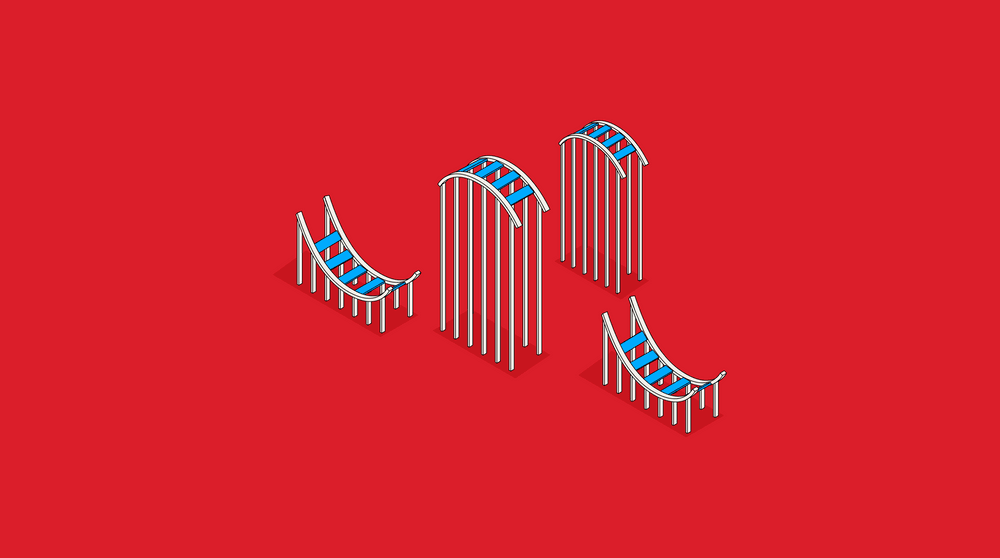- Home
- All Modules
- Trendlines
- How to Draw a Trendline using the Close or High/Low


How to Draw a Trendline using the Close or High/Low
A common dilemma that many traders face, especially beginners, is which price is more important to use when drawing a trendline?
Is close the most important price, or should we use the low price for an up trendline and the high price for the down trendline?
Well, for the close price advocates, Charles Dow himself considered the close price as the most important price.
However, we need to have in mind that Charles Dow lived in the 19th century when computers didn’t exist! So those “old school” traders used to record prices on a piece of paper every day!
Nowadays, things are quite different. Thankfully! The advancements in technology, computers, etc allow viewing prices in many ways and timeframes.
Additionally, all trading platforms provide not only the close price but also the open, high and low price.
So, if prices decline to a lower level and then bounce off and close higher what does it mean to us as traders?
Maybe the market rejected the lower level for some reason and prices moved and closed higher? Or differently put, prices found support at the lower level and bounced up?
So, in this case, we could use the low price instead.
Similarly, if prices rise and then subsequently decline to close lower, what does it mean?

Well, it simply means that high prices were rejected by the market as they found resistance, and this is enough for us to use the high price instead of the close!
That should clear things up now!
Copyright © 2025 – All rights reserved.
NAGA is a trademark of The NAGA Group AG, a German based FinTech company publicly listed on the Frankfurt Stock Exchange | WKN: A161NR | ISIN: DE000A161NR7.
The website is operated by KEY WAY MARKETS LTD a Company limited by shares that is formed and registered under the Laws of the Abu Dhabi Global Market (“ADGM”) under license number 000003041, authorized and regulated by the Financial Services Regulatory Authority (“FSRA”) with Financial Services Permission Number 190005, having its registered offices at Office 2, 21st Floor, Al Sila Tower, ADGM Square, Al Maryah Island, Abu Dhabi, United Arab Emirates (“the Company”).
The Company is authorized to provide financial products and services to Retail Clients and to persons who meet the qualifying criteria of a Professional Client as defined in the ADGM Conduct of Business Module. Other group entities: NAGA Markets Europe Ltd, authorized and regulated by the Cyprus Securities and Exchange Commission ("CySEC") under license No. 204/13 with registered address at Agias Zonis 11, Limassol, 3027, Cyprus.
RISK WARNING: Trading leveraged products (CFDs) and real shares involves significant risk, including the potential loss of your initial investment, and may not be suitable for all investors. Before trading or investing, you are strongly advised to read and ensure you understand the relevant Risk Disclosure and warnings included in the Company's legal documents section. There is a substantial risk that you may lose all of your initial investment when trading or investing. We recommend that you carefully consider whether trading leveraged products or investing in shares is appropriate for you in light of your personal circumstances, and ensure you fully understand all associated risks before proceeding. 24.46% of retail investor accounts generate profits when trading leveraged products with this provider. Trading with NAGA Trader by following and/or copying or replicating the trades of other traders involves high levels of risks, even when following and/or copying or replicating the top-performing traders. Such risks include the risk that you may be following/copying the trading decisions of possibly inexperienced/unprofessional traders, or traders whose ultimate purpose or intention, or financial status may differ from yours. Before making an investment decision, you should rely on your own assessment of the person making the trading decisions and the terms of all the legal documentation.
Disclaimer: The content on this page is for informational purposes only and is not intended as a recommendation or advice. Any references to past performance, emulated performance, or forecasts in the Company’s advertisements are not reliable indicators of future results. Customers are solely responsible for their own business decisions or investments.